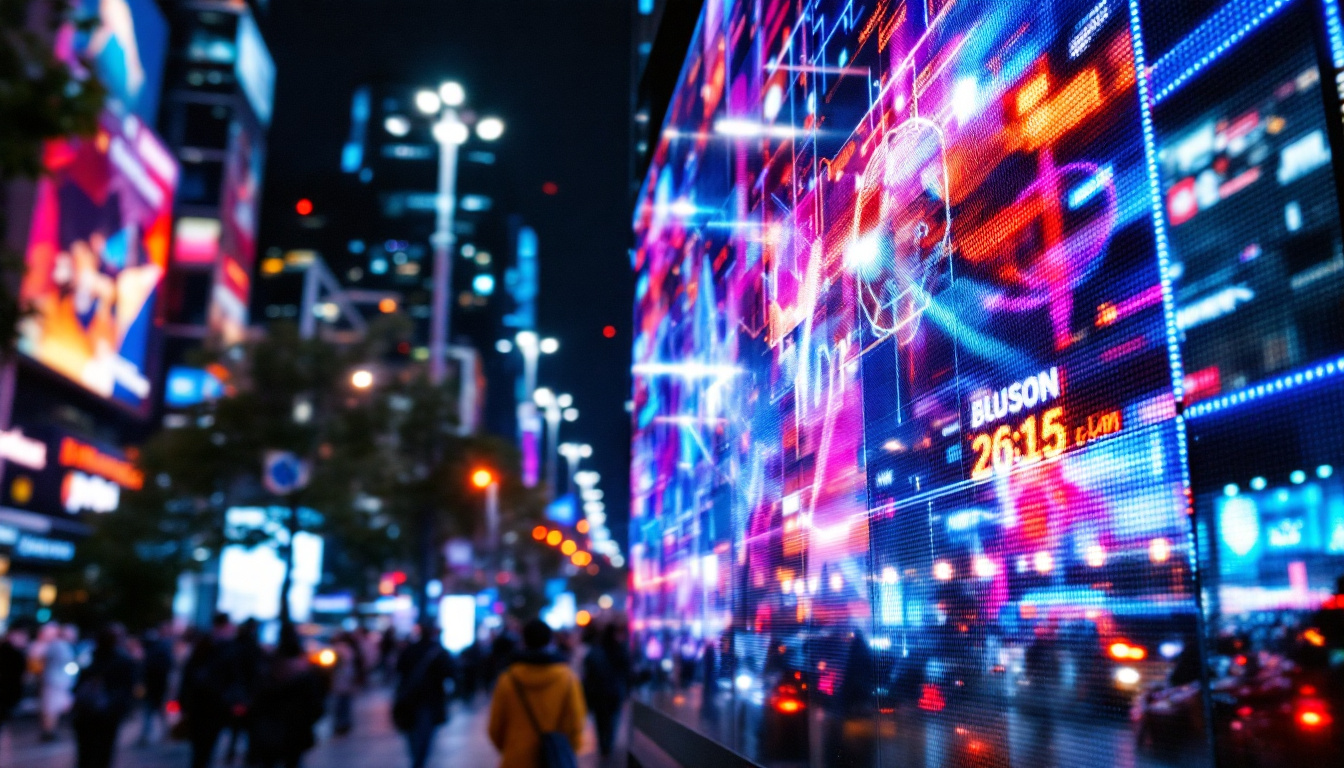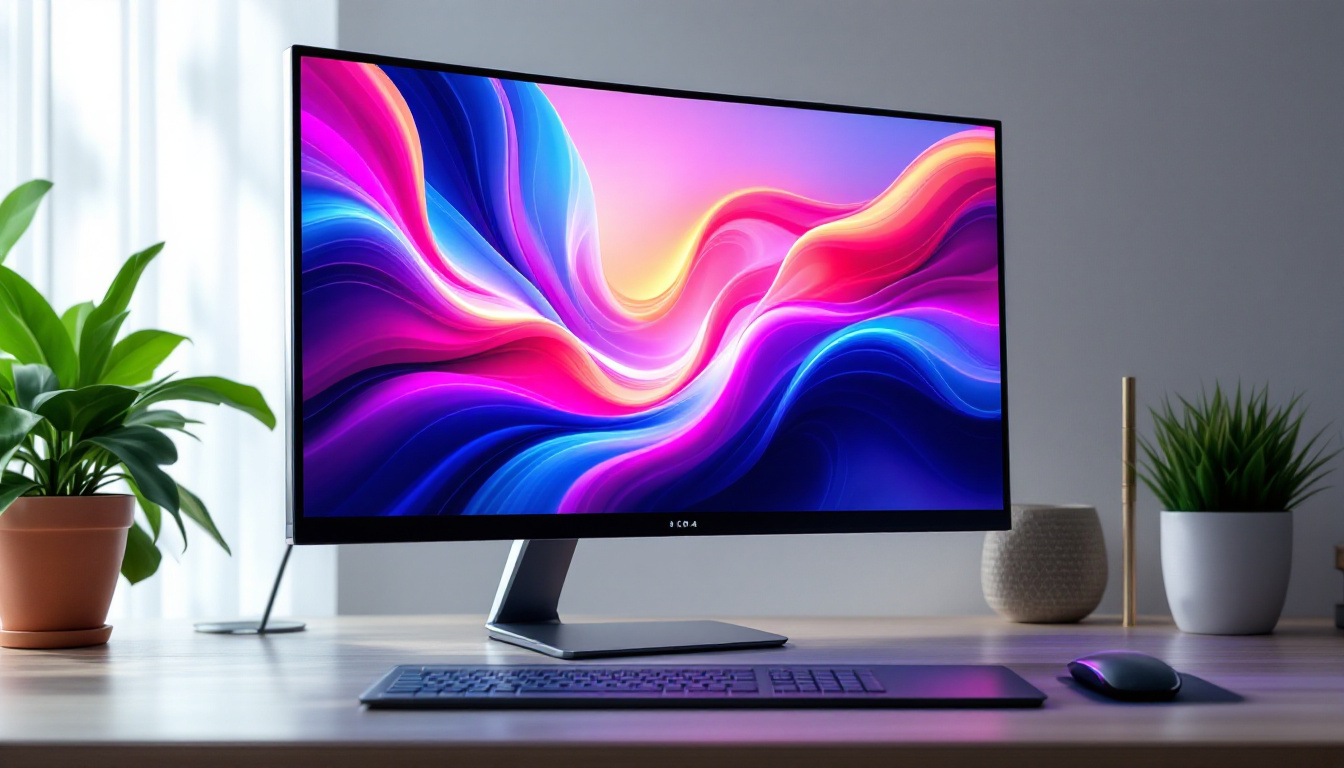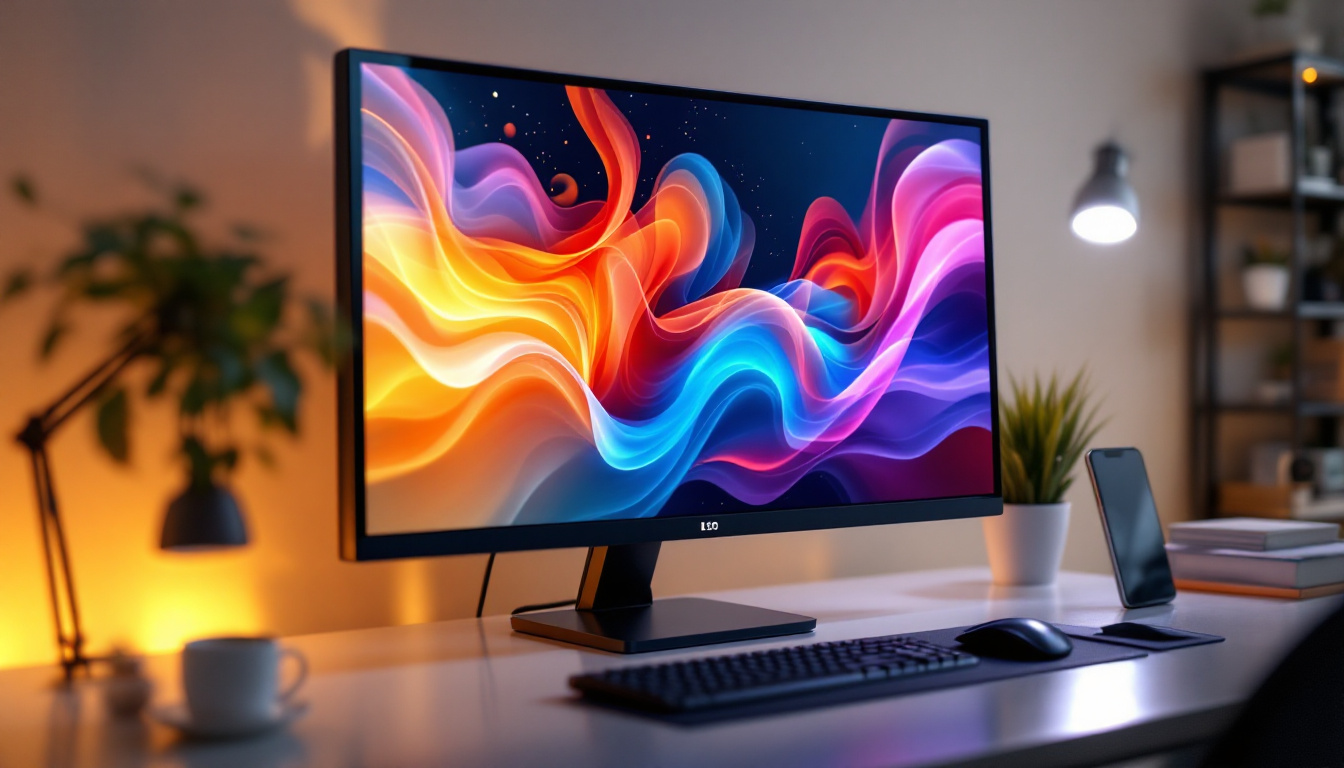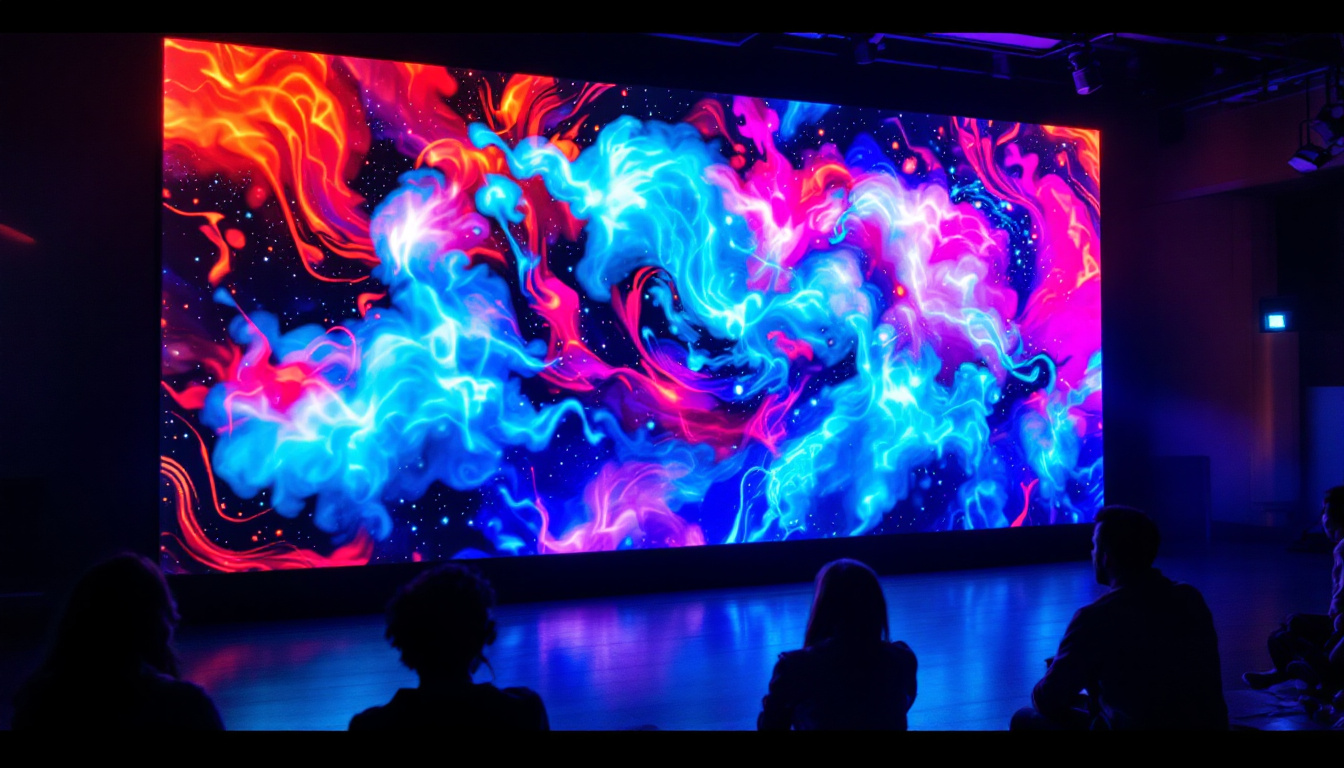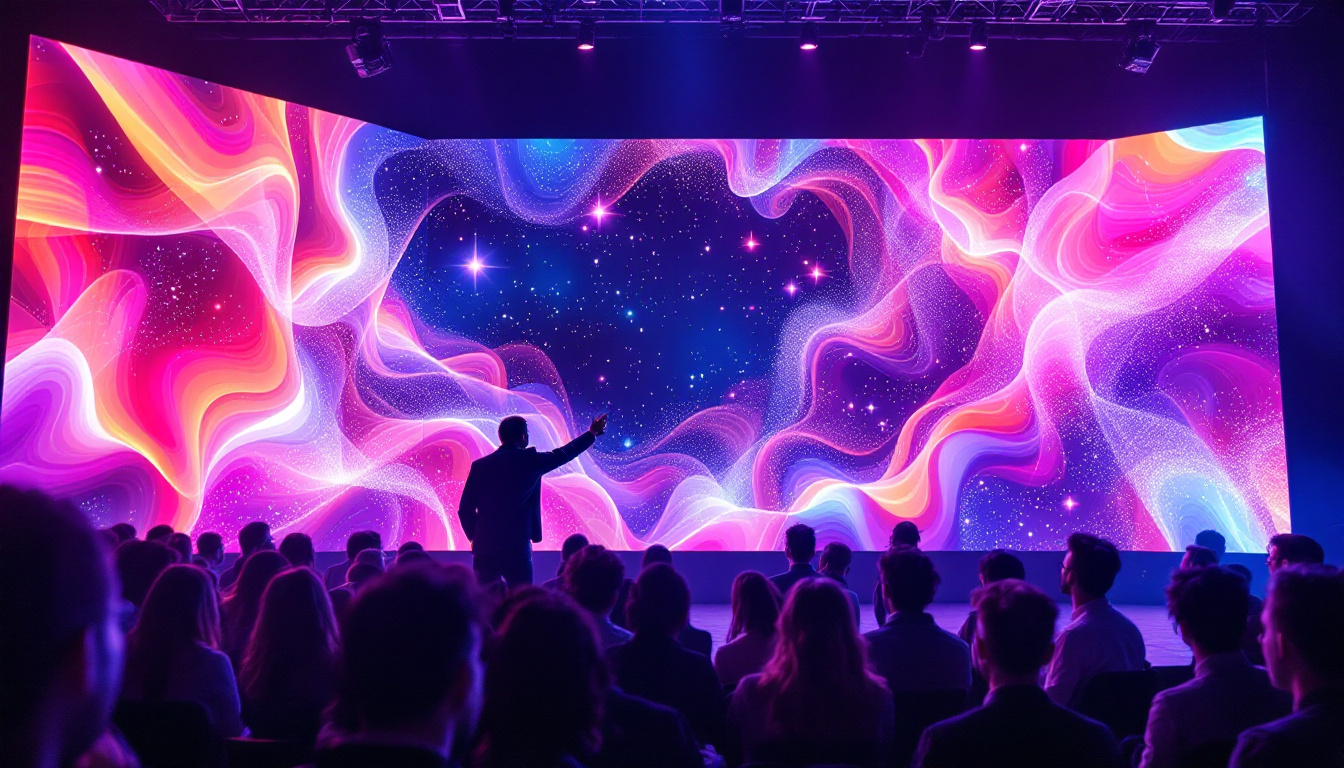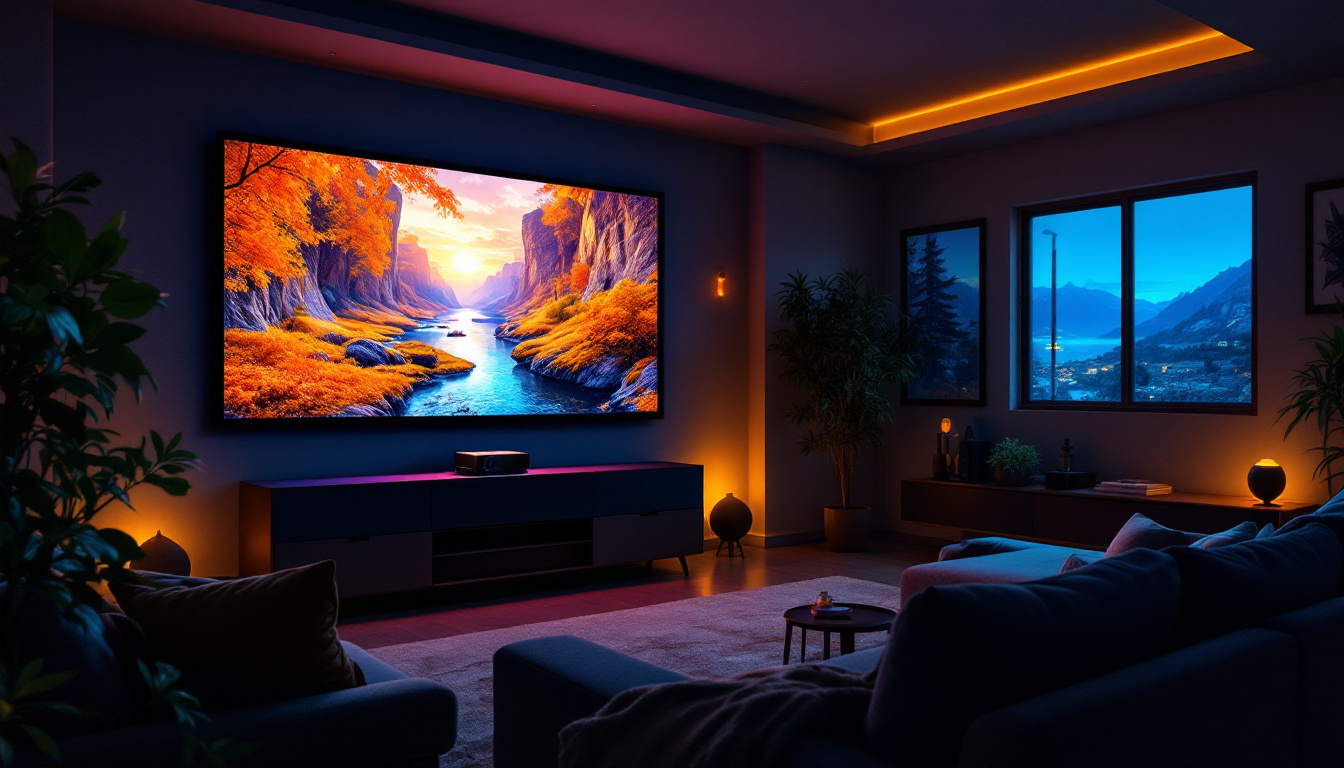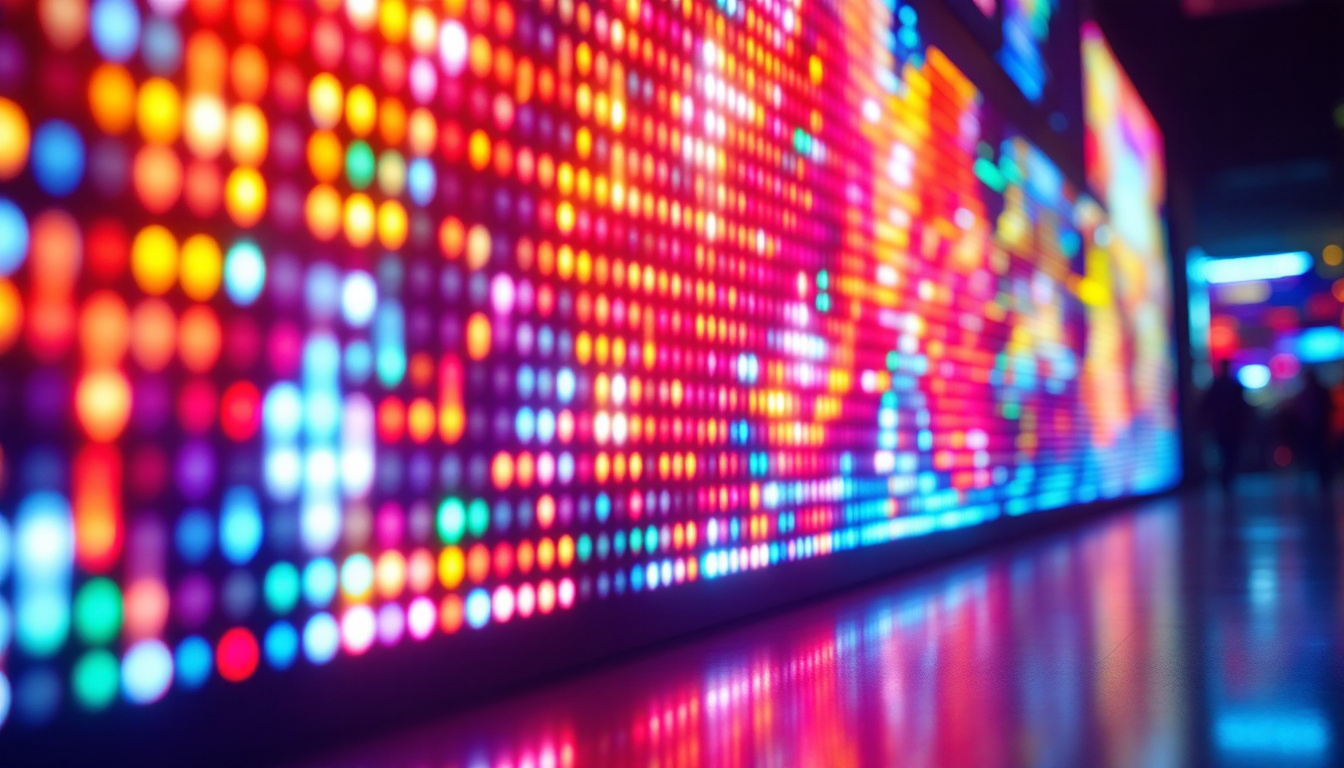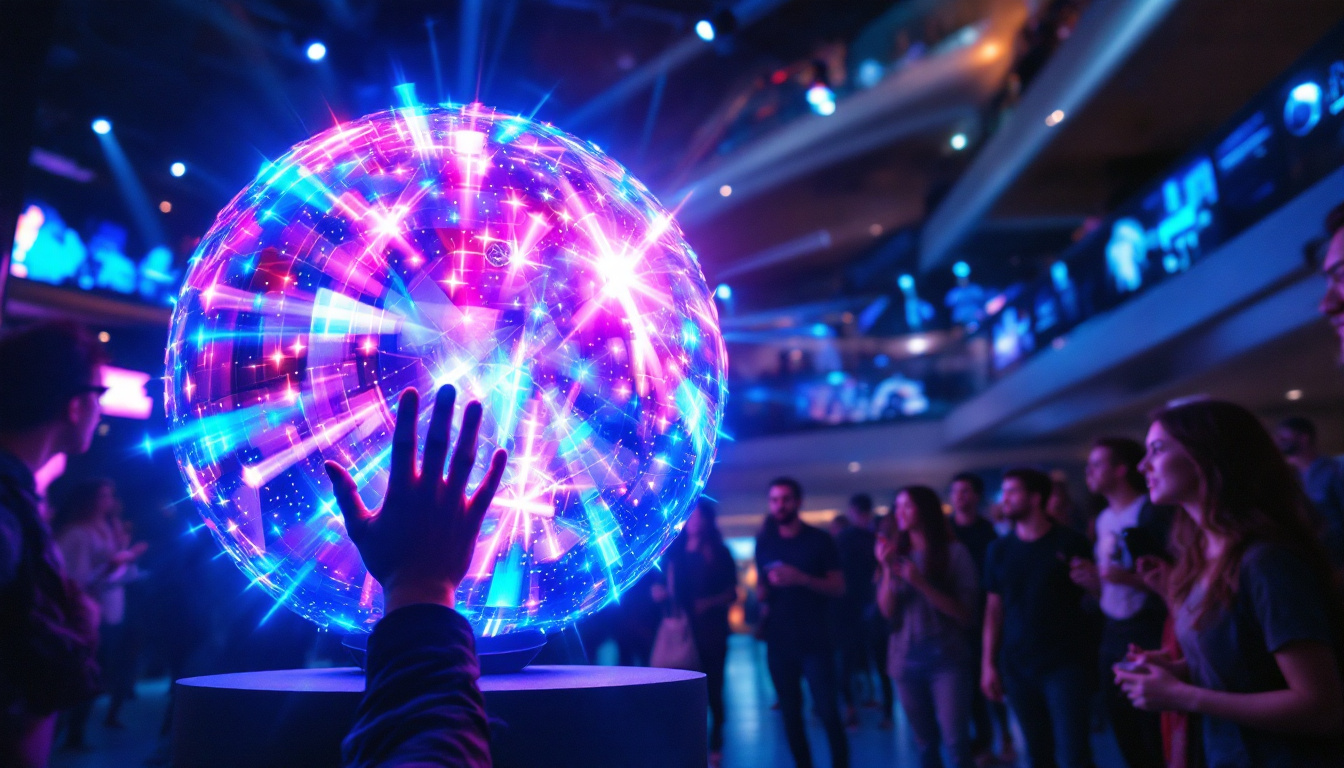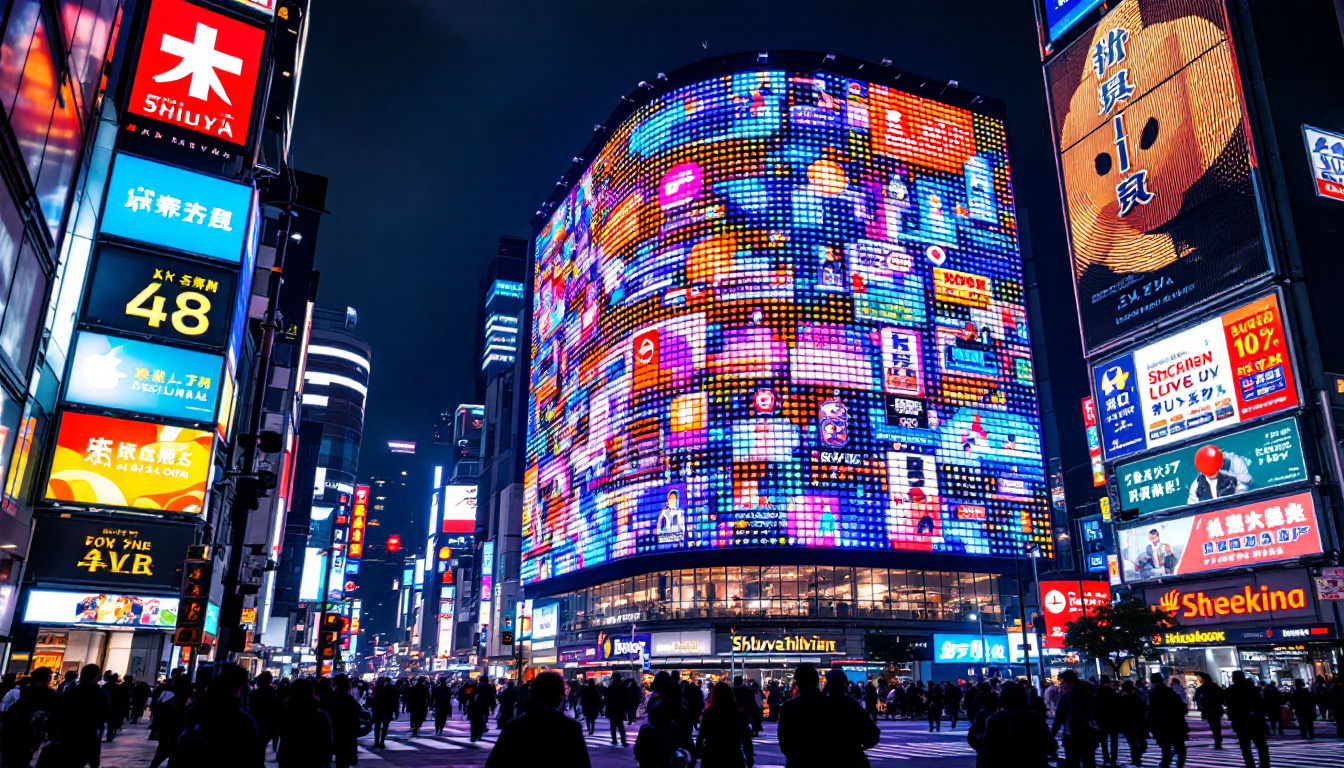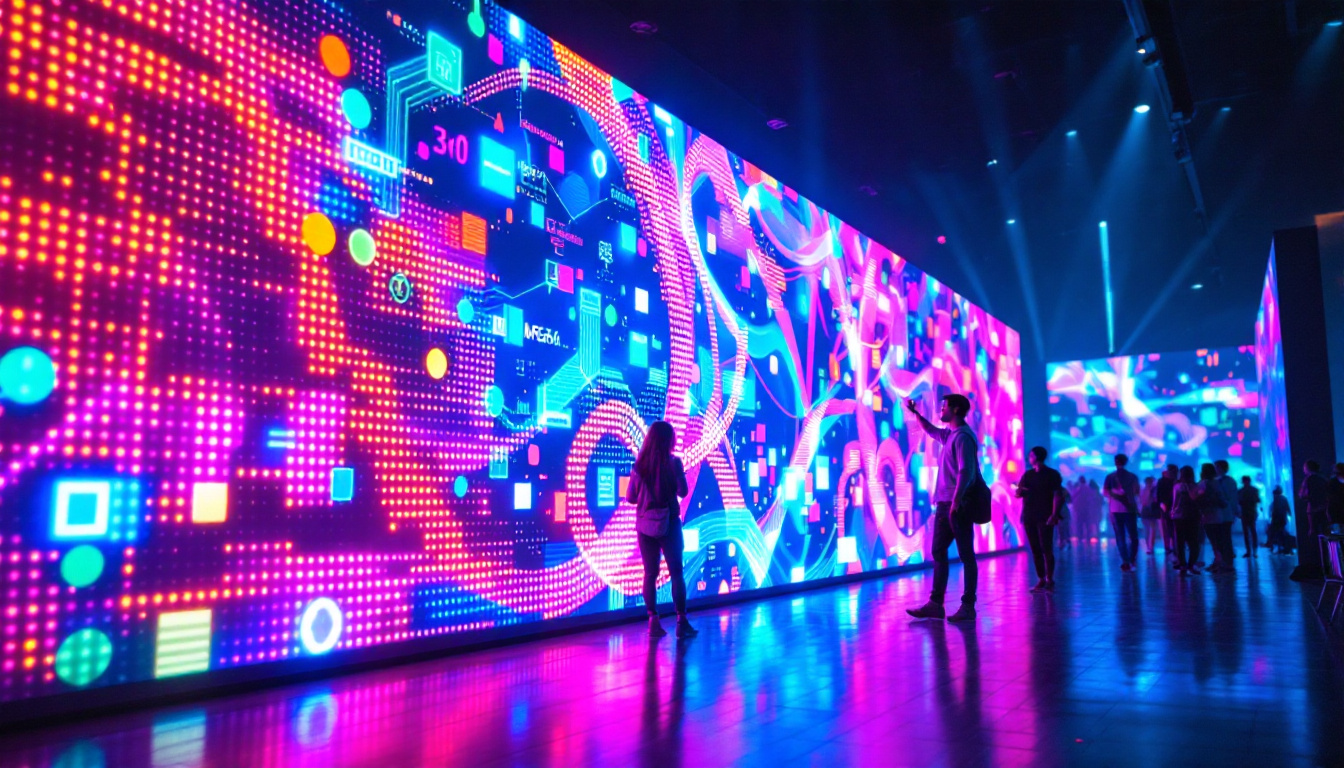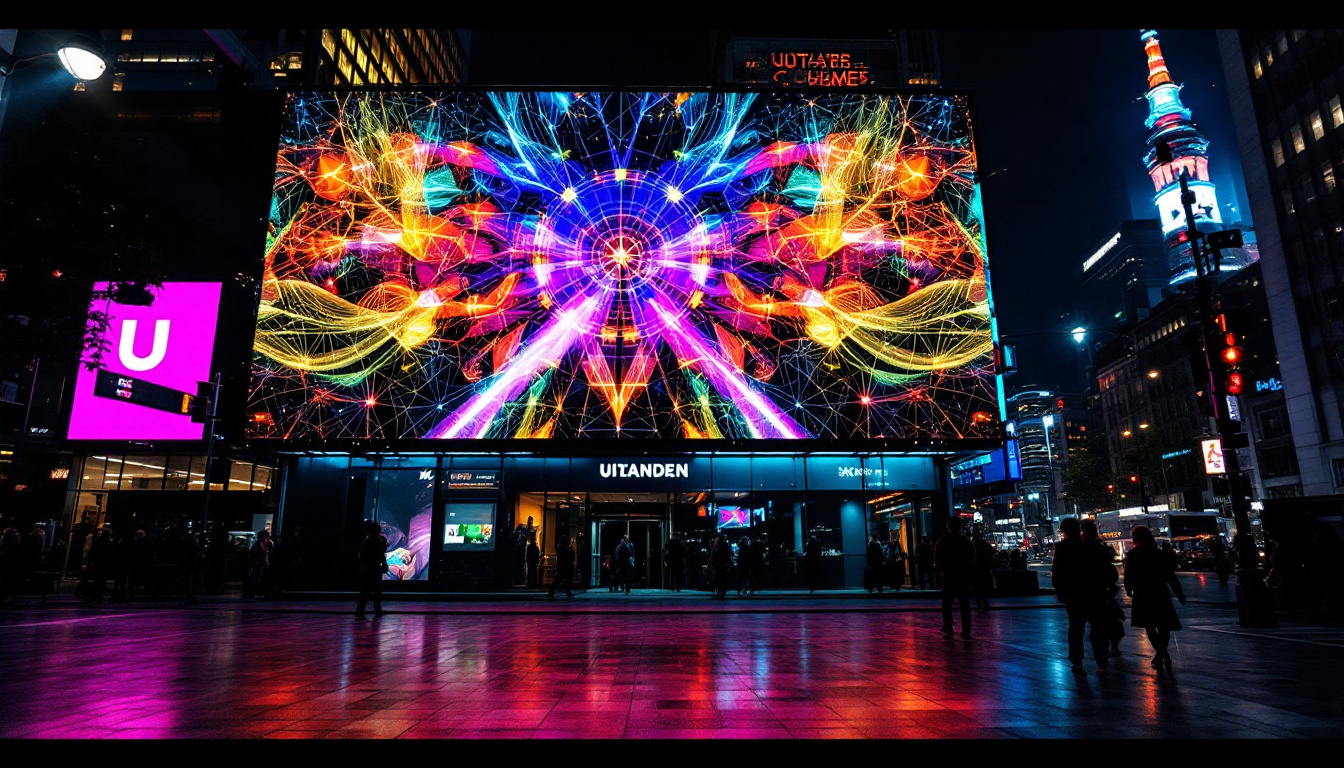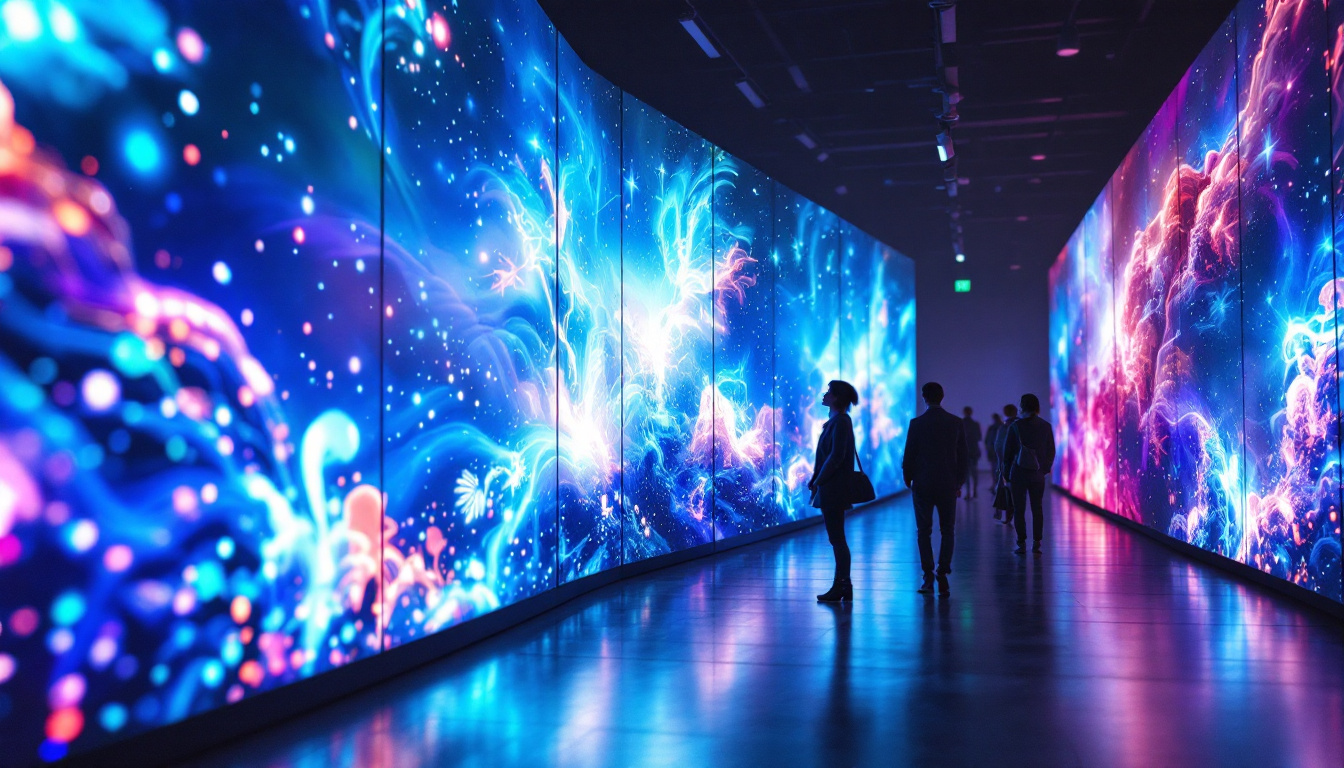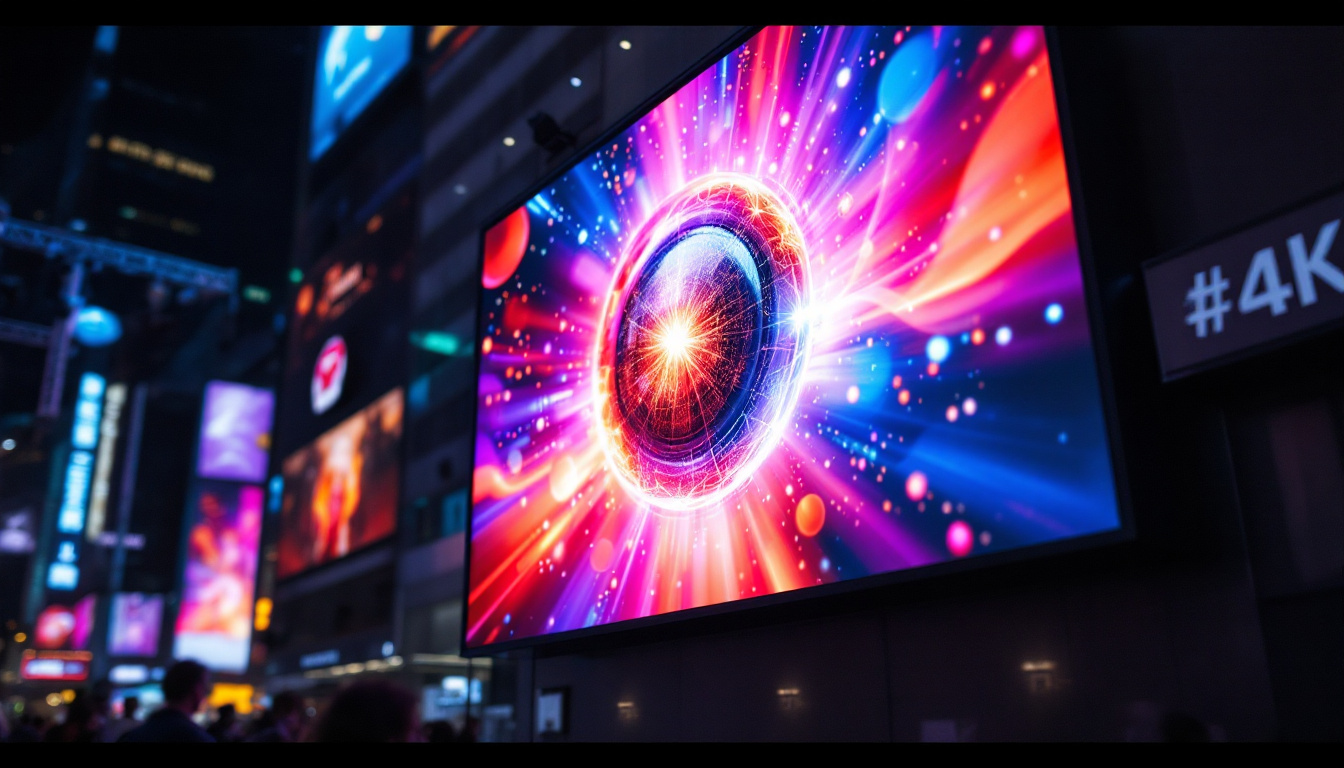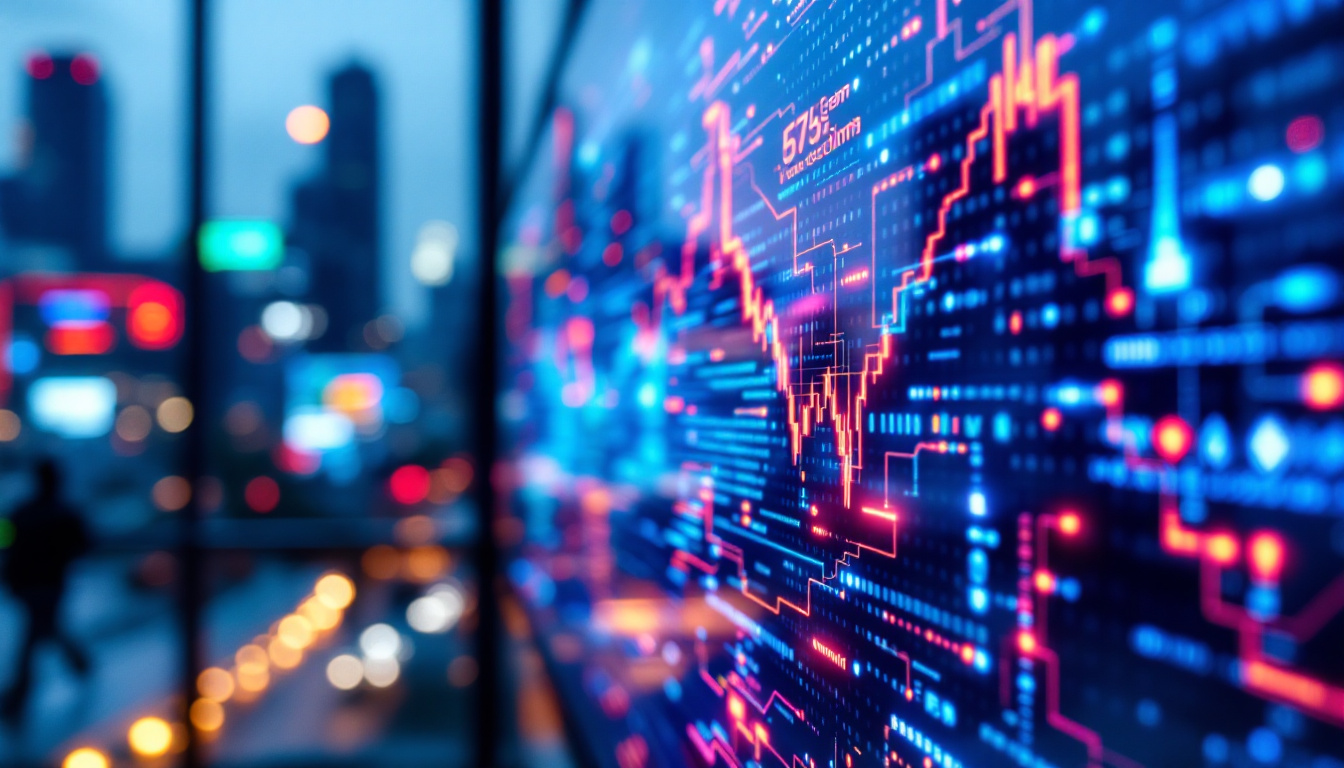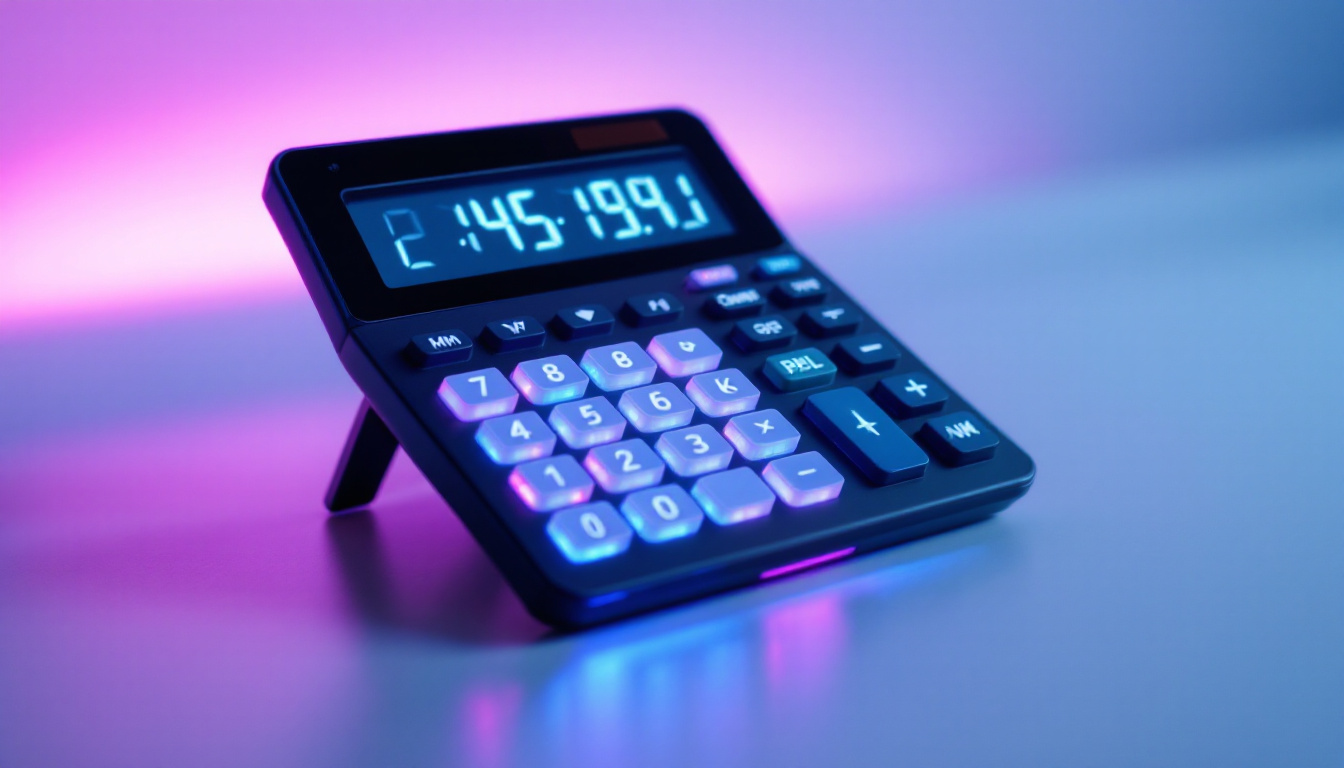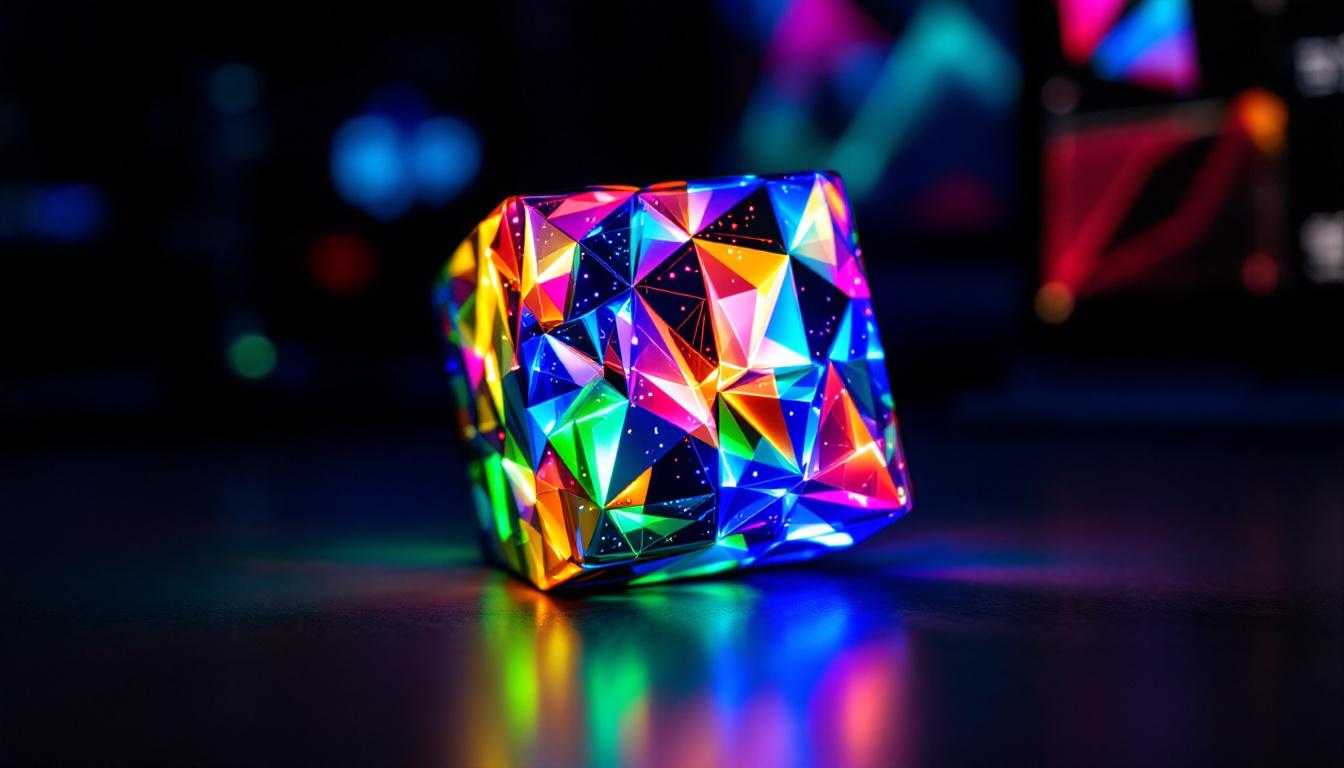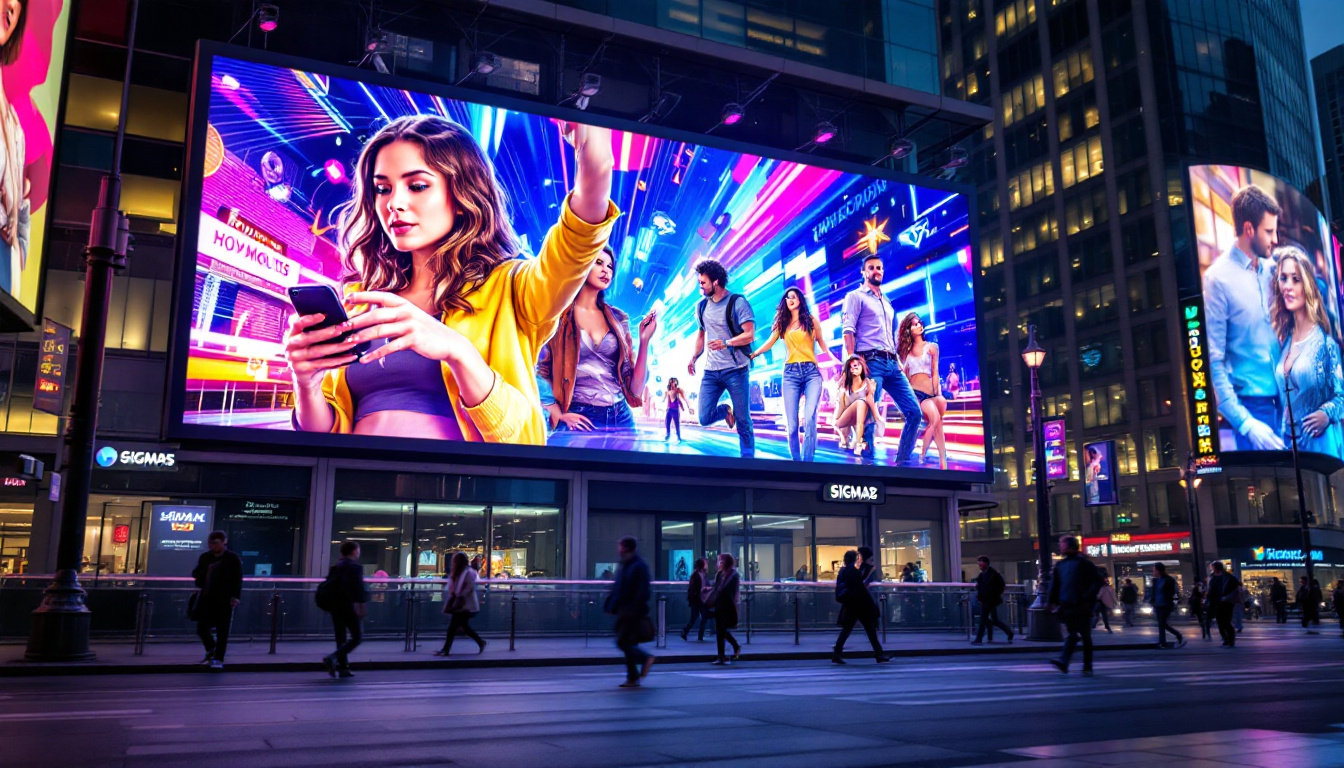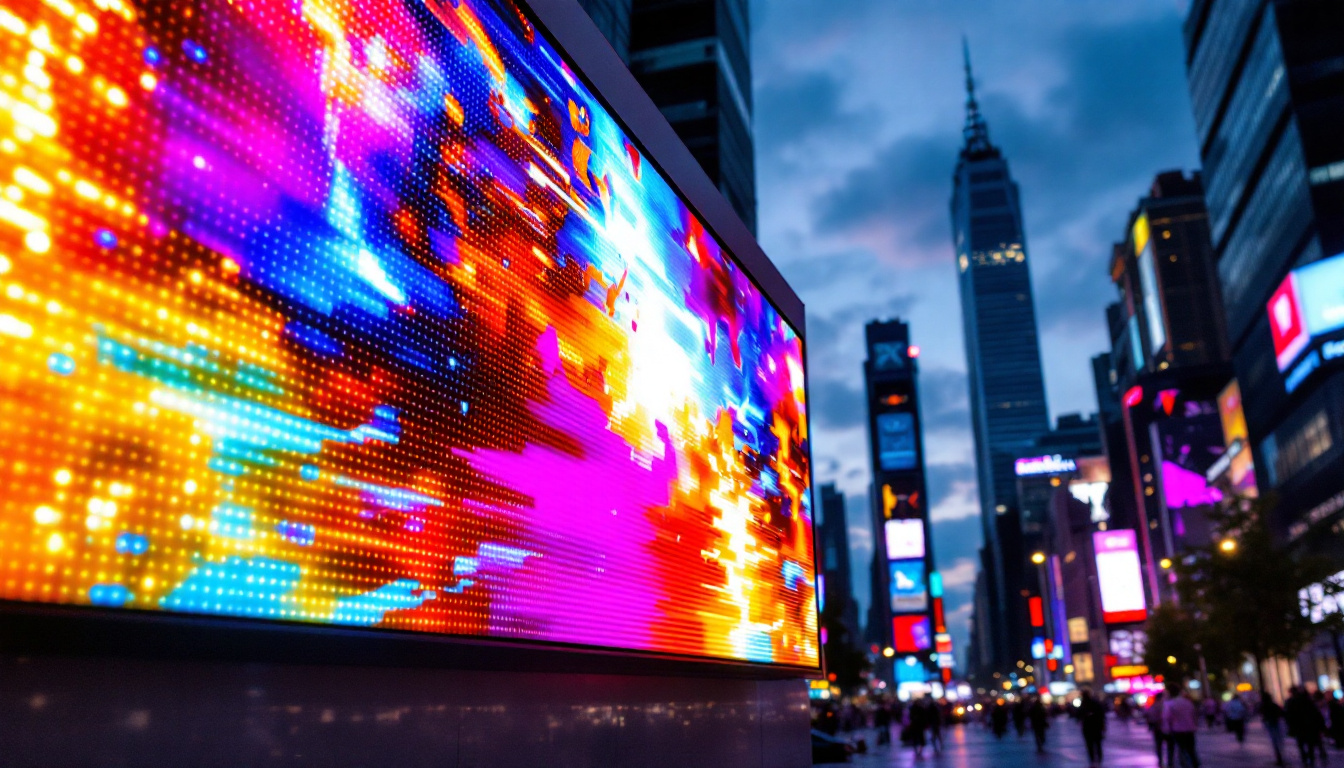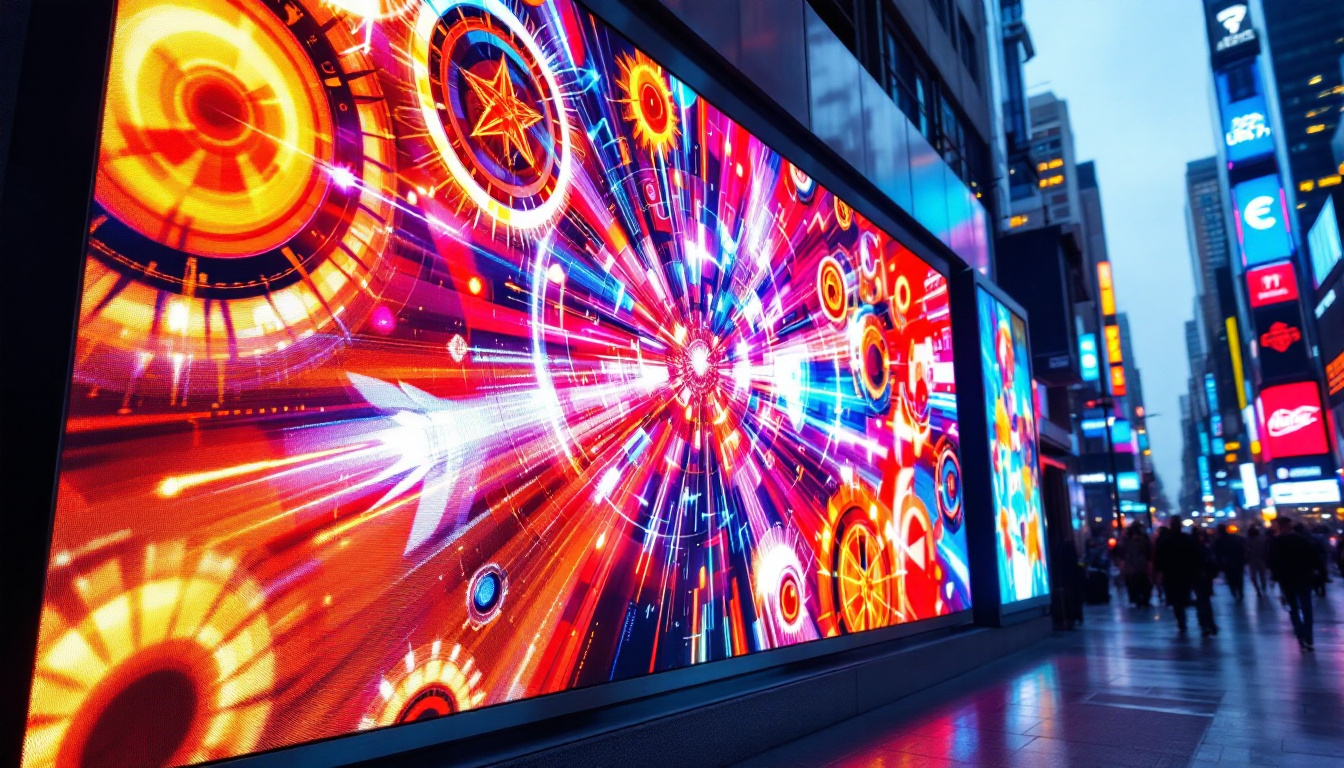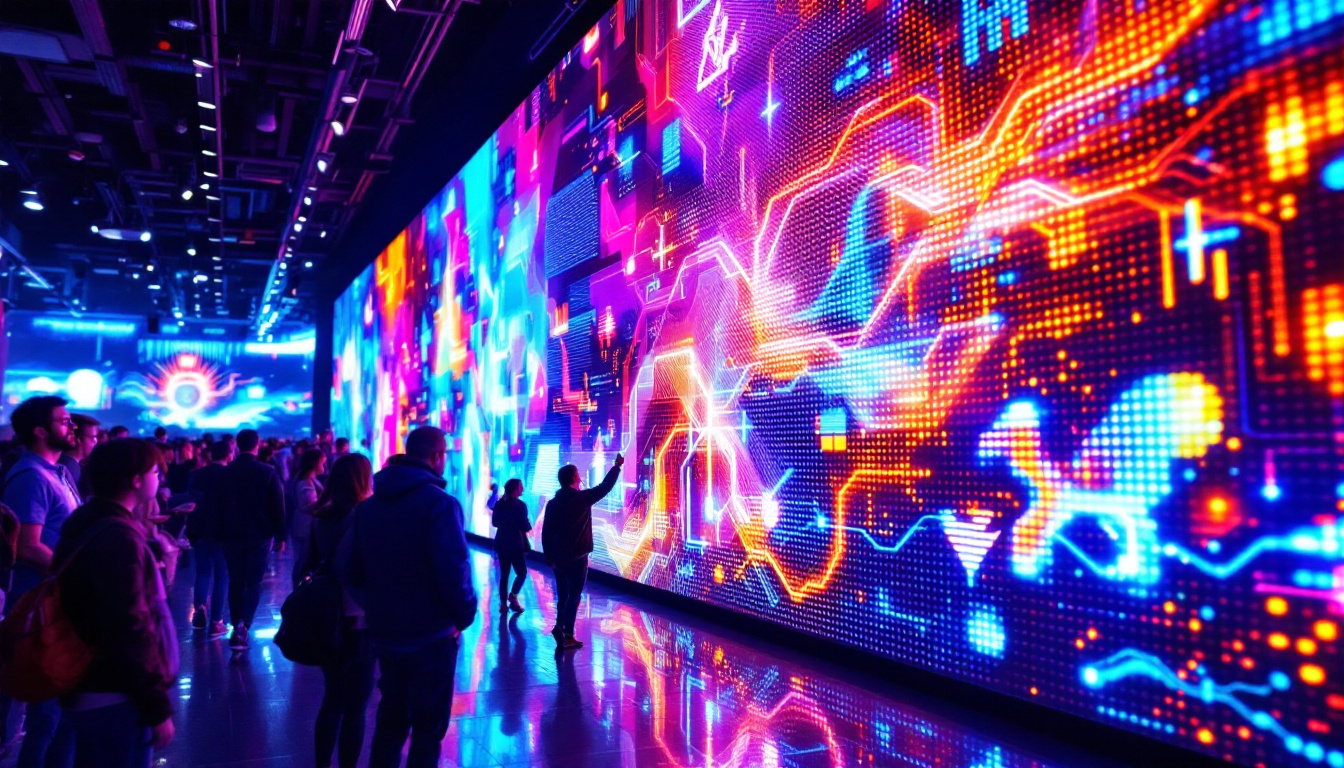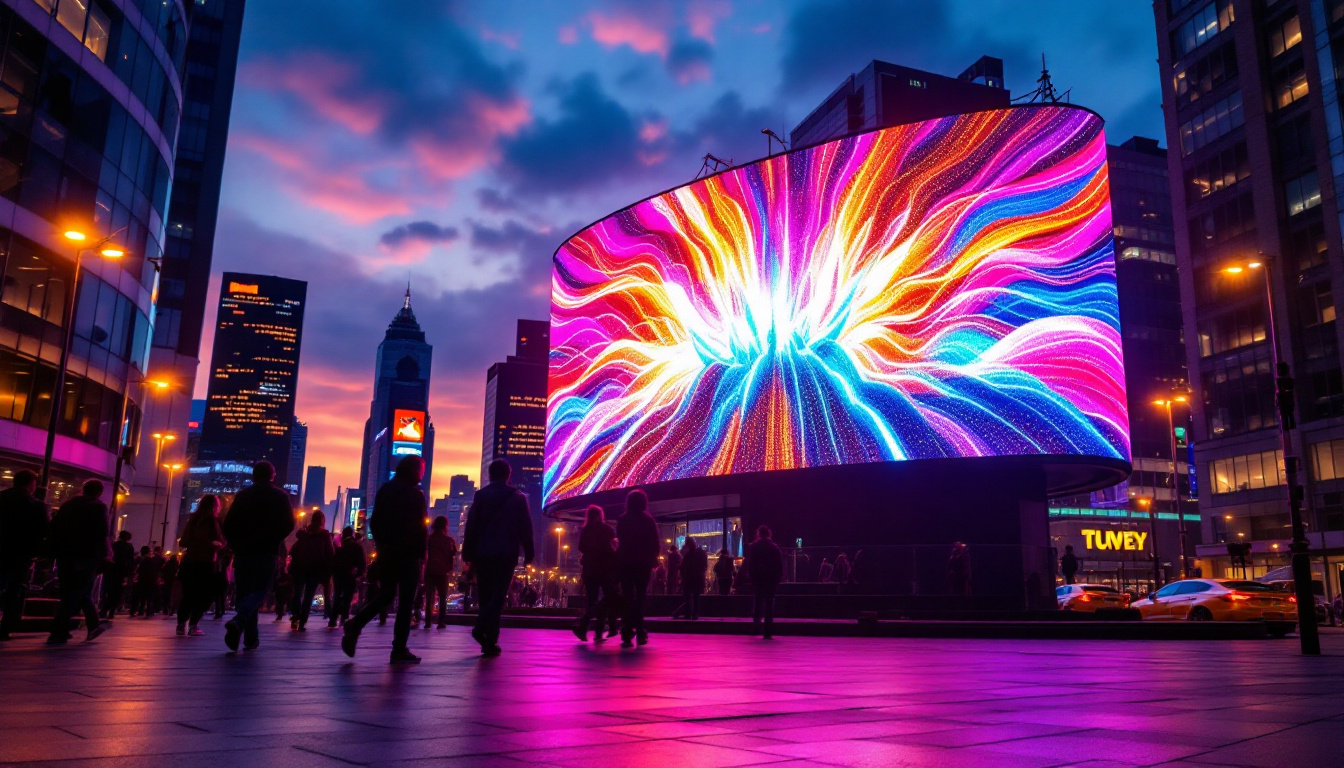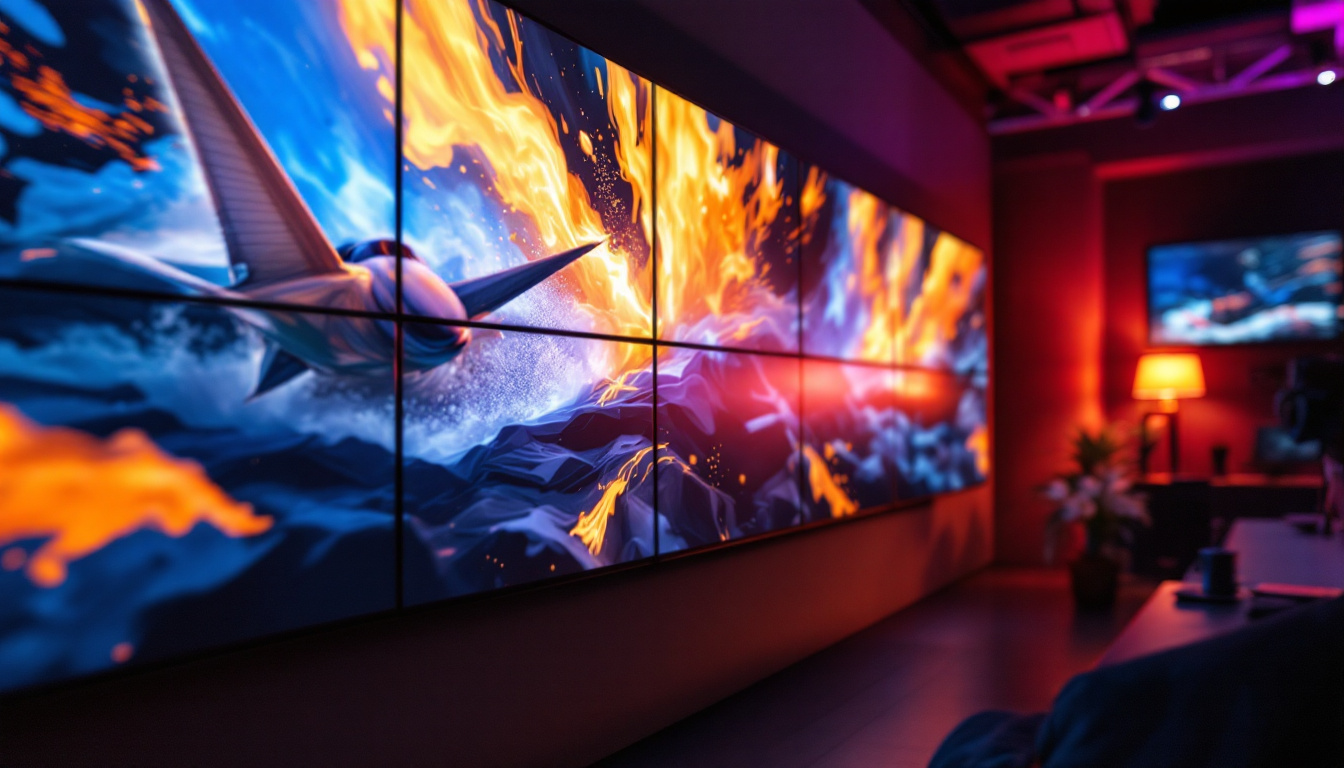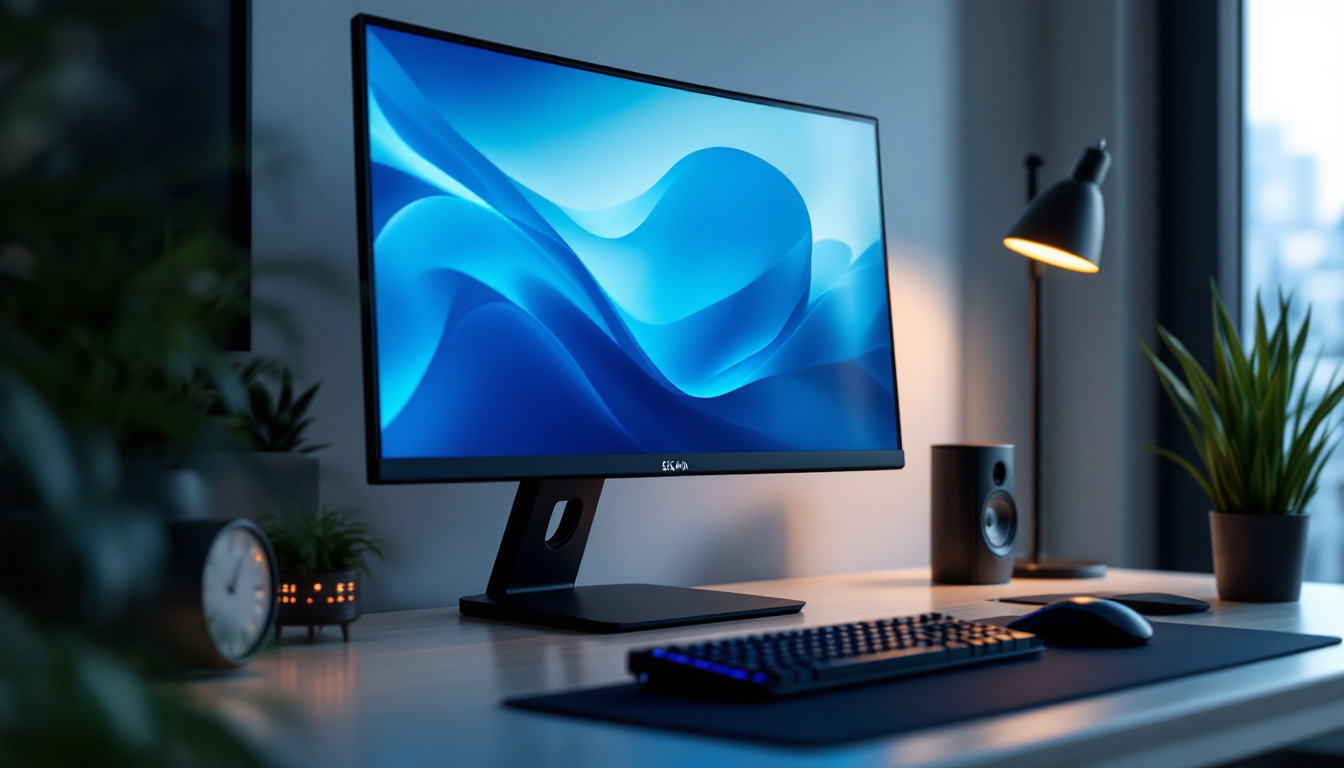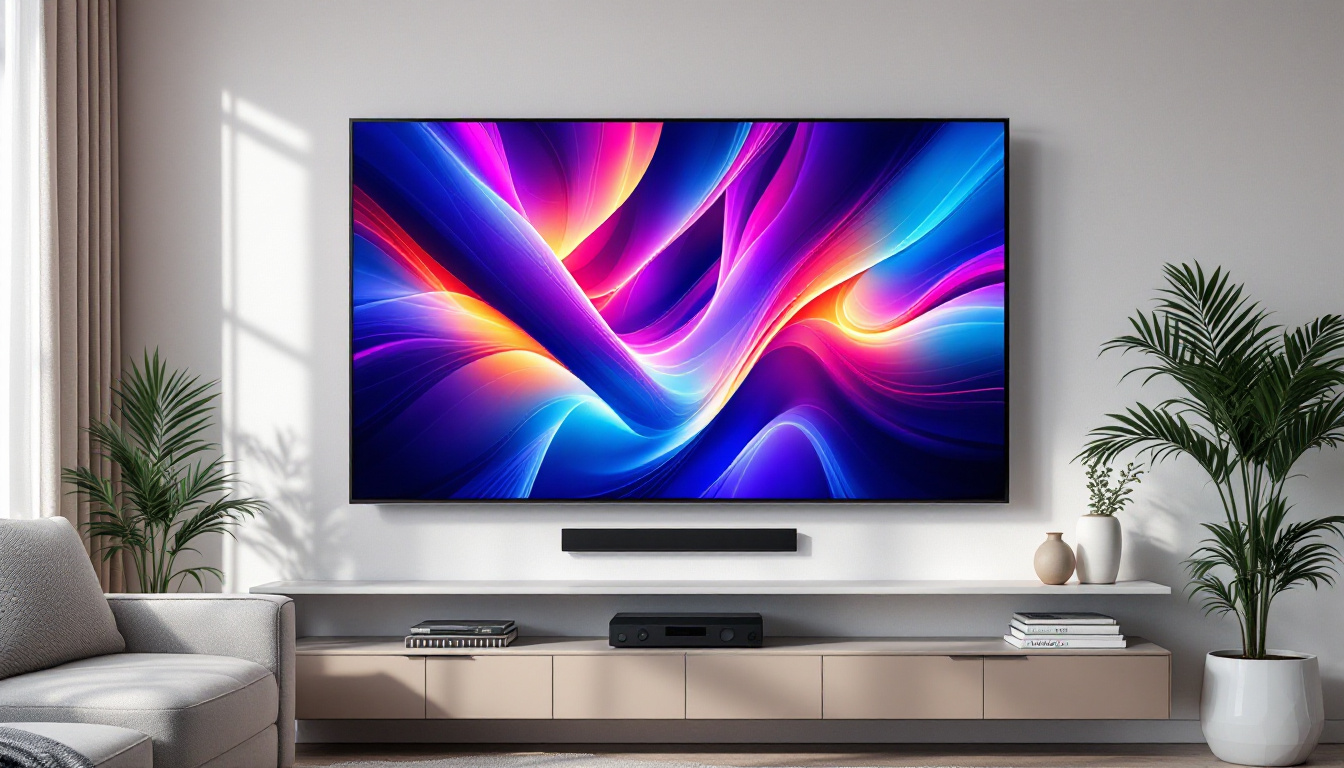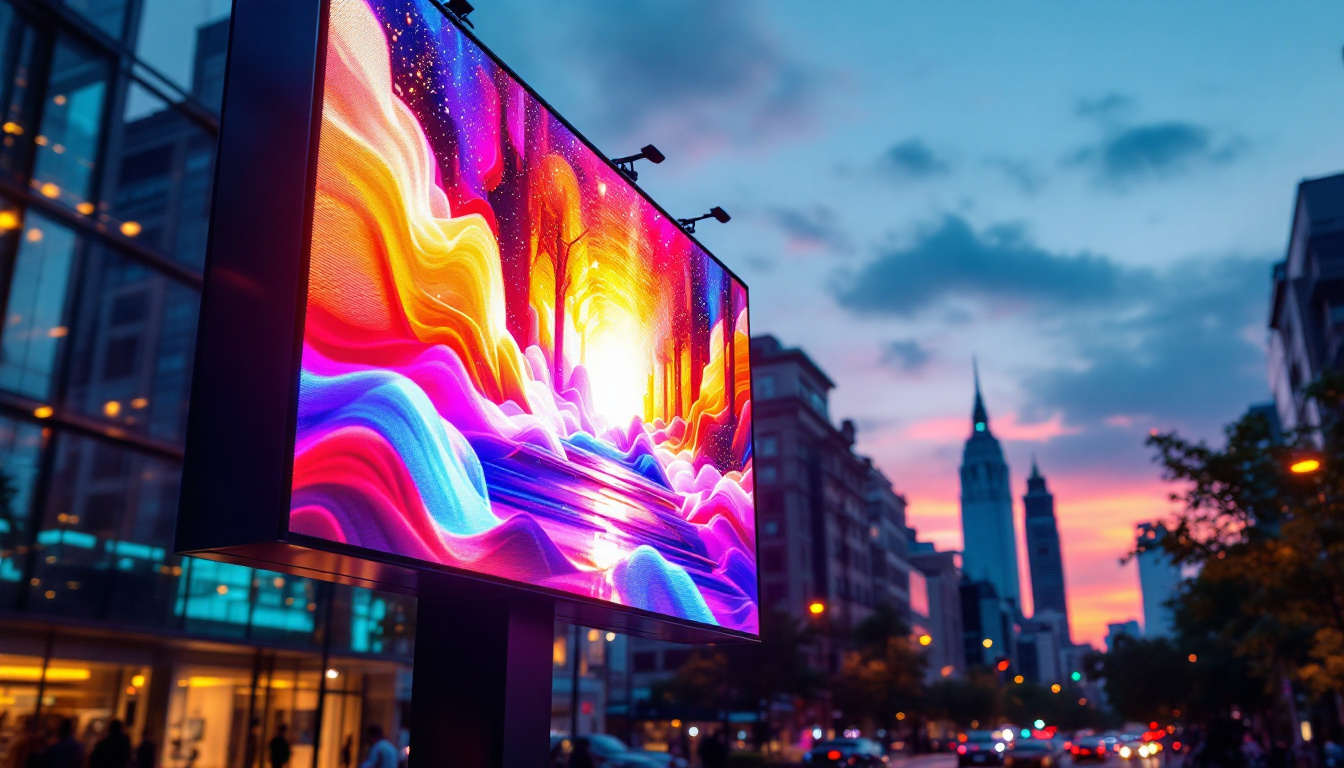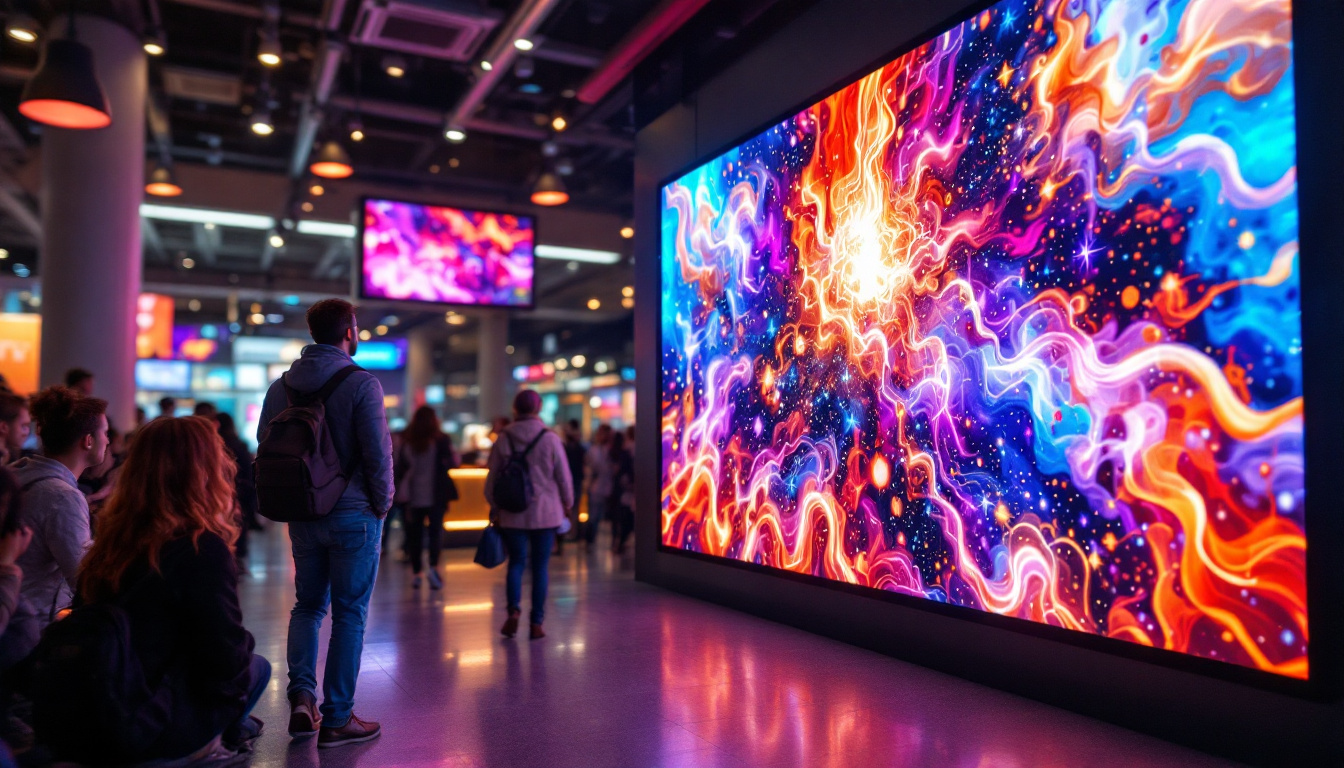In the rapidly evolving world of technology, LED displays have emerged as a cornerstone of visual communication. The term “500X1000” typically refers to a specific pixel pitch used in LED displays, indicating a resolution that is crucial for various applications, from advertising to event staging. This article delves into the intricacies of LED displays, focusing on the significance of the 500X1000 configuration, its applications, advantages, and the technology behind it.
Understanding LED Displays
LED displays are composed of numerous small light-emitting diodes (LEDs) that work together to create images and videos. These displays are favored for their brightness, energy efficiency, and versatility. The pixel pitch—a measurement of the distance between the centers of two adjacent pixels—plays a vital role in determining the display’s resolution and clarity. With advancements in technology, LED displays have become increasingly sophisticated, offering a range of features that enhance user experience and engagement.
In addition to their impressive brightness and energy efficiency, LED displays are also known for their longevity. Unlike traditional display technologies, such as LCD or projection systems, LED displays can last significantly longer, often exceeding 100,000 hours of operation. This durability makes them a cost-effective solution for businesses looking to invest in long-term advertising or information dissemination tools. Furthermore, the low heat output of LEDs contributes to their reliability, reducing the need for extensive cooling systems and maintenance.
What is Pixel Pitch?
Pixel pitch is a critical factor in the performance of an LED display. It is measured in millimeters and directly affects the viewing distance and image quality. A smaller pixel pitch means that pixels are closer together, resulting in higher resolution and sharper images. Conversely, a larger pixel pitch may be suitable for displays viewed from greater distances. This relationship between pixel pitch and viewing distance is essential for optimizing the user experience, ensuring that the content displayed is both clear and visually appealing.
For instance, a 500X1000 LED display typically has a pixel pitch of 5mm, which is ideal for medium to close viewing distances. This makes it suitable for indoor environments, such as shopping malls, conference rooms, and retail spaces, where clarity and detail are paramount. In contrast, a display with a pixel pitch of 10mm may be more appropriate for outdoor billboards, where viewers are often situated further away. Understanding the appropriate pixel pitch for a specific application can greatly enhance the effectiveness of the display, ensuring that the intended message is communicated clearly and effectively.
Types of LED Displays
LED displays can be categorized into several types based on their application and technology. The most common types include:
- Indoor LED Displays: Designed for use in enclosed spaces, these displays often feature finer pixel pitches for high-resolution images. They are commonly used in venues such as theaters, sports arenas, and corporate settings, where high-quality visuals are essential for engaging audiences.
- Outdoor LED Displays: Built to withstand weather conditions, outdoor displays have a larger pixel pitch to ensure visibility from a distance. These displays are often used for advertising billboards, public information displays, and event signage, where they must be bright enough to compete with sunlight.
- Transparent LED Displays: These innovative displays allow light to pass through, making them ideal for retail environments where visibility is essential. They can be used in shop windows to showcase products while maintaining a view of the outside, blending functionality with aesthetic appeal.
- Flexible LED Displays: A newer addition to the LED display family, flexible displays can be bent or shaped to fit various surfaces, offering unique design possibilities for creative installations. This versatility allows for innovative applications in art, architecture, and immersive environments.
Applications of 500X1000 LED Displays
The 500X1000 LED display configuration is versatile and finds applications across various sectors. Its balance of resolution and size makes it suitable for numerous environments.
Advertising and Marketing
One of the most prominent applications of LED displays is in advertising. Retailers and businesses utilize 500X1000 displays to showcase promotions, product launches, and brand messages. The vibrant colors and high brightness of LED technology capture attention, making them an effective tool for driving customer engagement.
Moreover, digital signage powered by LED displays allows for dynamic content updates, enabling businesses to tailor their messaging based on time, audience, or event. This flexibility enhances the effectiveness of marketing campaigns.
Events and Entertainment
In the realm of events and entertainment, 500X1000 LED displays play a crucial role in enhancing the audience experience. Concerts, festivals, and corporate events often feature large LED screens that deliver stunning visuals and immersive experiences.
The high resolution of these displays ensures that every detail is visible, whether it’s the artist on stage or the intricate graphics accompanying a presentation. Additionally, their portability allows for easy setup and takedown, making them ideal for temporary installations.
Corporate Communication
Corporations are increasingly adopting LED displays for internal communication and presentations. The 500X1000 configuration provides clear visuals for meetings, training sessions, and conferences. This enhances information retention and engagement among employees.
Furthermore, digital signage in corporate environments can be used to convey important announcements, updates, or motivational messages, fostering a more connected workplace.
Advantages of 500X1000 LED Displays
The advantages of using 500X1000 LED displays are numerous, making them a popular choice for various applications. Understanding these benefits can help businesses and organizations make informed decisions when investing in display technology.
High Brightness and Visibility
One of the standout features of LED displays is their brightness. The 500X1000 configuration offers exceptional visibility even in well-lit environments. This is particularly advantageous for outdoor applications where sunlight can wash out other display types.
The ability to maintain clarity and vibrancy in diverse lighting conditions ensures that content remains engaging and effective, maximizing the display’s impact.
Energy Efficiency
LED technology is renowned for its energy efficiency. Compared to traditional display technologies, such as LCD or projection, LED displays consume significantly less power, leading to lower operational costs.
This energy efficiency not only benefits the environment but also allows businesses to allocate resources more effectively, making LED displays a sustainable choice for long-term use.
Durability and Longevity
500X1000 LED displays are built to last. The robust nature of LED technology ensures that these displays can withstand the rigors of daily use, whether in indoor or outdoor settings. Their resistance to shock and vibration makes them ideal for high-traffic areas.
Moreover, LED displays have a longer lifespan compared to traditional displays, reducing the need for frequent replacements and maintenance. This longevity translates to cost savings over time.
The Technology Behind LED Displays
Understanding the technology that powers LED displays is essential for appreciating their capabilities. The components and processes involved in creating these displays contribute to their performance and quality.
LED Modules
At the heart of an LED display are the LED modules. Each module contains a matrix of LEDs that emit light in various colors. These modules are assembled together to form a larger display panel, allowing for scalability and customization based on size and resolution requirements.
In a 500X1000 configuration, each module is designed to provide optimal brightness and color accuracy, ensuring that the overall display meets the high standards expected by users.
Control Systems
The control system is another critical component of LED displays. It manages the content displayed on the screen, allowing for real-time updates and changes. Advanced control systems enable seamless integration with various content sources, including video feeds, graphics, and social media.
Moreover, these systems often come with user-friendly interfaces, making it easy for operators to manage and schedule content effectively. This functionality is particularly beneficial in dynamic environments where timely updates are essential.
Calibration and Maintenance
To ensure optimal performance, LED displays require regular calibration and maintenance. Calibration involves adjusting the color and brightness settings to achieve uniformity across the display. This is crucial for maintaining image quality, especially in larger installations.
Routine maintenance includes cleaning the display and inspecting the components for any signs of wear. Proactive maintenance not only extends the lifespan of the display but also ensures consistent performance over time.
Future Trends in LED Display Technology
The LED display industry is constantly evolving, with new technologies and trends emerging to enhance performance and user experience. Understanding these trends can provide insights into the future of visual communication.
MicroLED Technology
MicroLED technology represents a significant advancement in LED display design. Unlike traditional LEDs, MicroLEDs are much smaller, allowing for higher pixel densities and improved resolution. This technology enables the creation of displays with exceptional clarity and detail, even at close viewing distances.
As MicroLED technology matures, it is expected to become more widely adopted in various applications, from consumer electronics to large-scale displays in public spaces.
Integration with Augmented Reality (AR) and Virtual Reality (VR)
The integration of LED displays with AR and VR technologies is another exciting trend. As these immersive technologies gain traction, LED displays will play a crucial role in delivering engaging experiences.
For instance, LED walls can serve as backdrops for AR experiences, enhancing the overall impact of the content. This synergy between LED displays and immersive technologies will open new avenues for entertainment, education, and marketing.
Smart Displays and IoT Integration
The rise of the Internet of Things (IoT) is influencing the development of smart LED displays. These displays can connect to the internet, enabling remote management, data analytics, and interactive features.
Smart displays can adapt content based on audience behavior, environmental conditions, or real-time data, making them more effective for targeted communication. This level of interactivity and personalization is set to reshape the way businesses engage with their audiences.
Conclusion
The 500X1000 LED display configuration represents a significant advancement in visual technology, offering a blend of high resolution, brightness, and versatility. As businesses and organizations continue to seek innovative ways to engage their audiences, LED displays will remain at the forefront of visual communication.
From advertising and entertainment to corporate communication, the applications of 500X1000 LED displays are vast and varied. Their advantages, including energy efficiency, durability, and superior image quality, make them a compelling choice for a wide range of environments.
As technology continues to evolve, the future of LED displays looks promising. With advancements in MicroLED technology, integration with AR and VR, and the rise of smart displays, the potential for enhanced visual experiences is limitless. Embracing these innovations will be key for businesses aiming to stay ahead in an increasingly competitive landscape.
Discover LumenMatrix LED Display Solutions
Ready to elevate your visual communication with the latest in LED technology? LumenMatrix is at the forefront of innovation, offering a diverse range of LED display solutions tailored to your needs. Whether you’re looking for an Indoor LED Wall Display, a dynamic Outdoor LED Wall Display, or specialized options like Vehicle, Sports, or Floor LED Displays, LumenMatrix has you covered. Our mission is to transform your brand’s visibility with captivating and engaging digital signage. Don’t miss the opportunity to create unforgettable visual experiences. Check out LumenMatrix LED Display Solutions today and see your message come to life with clarity and impact.

